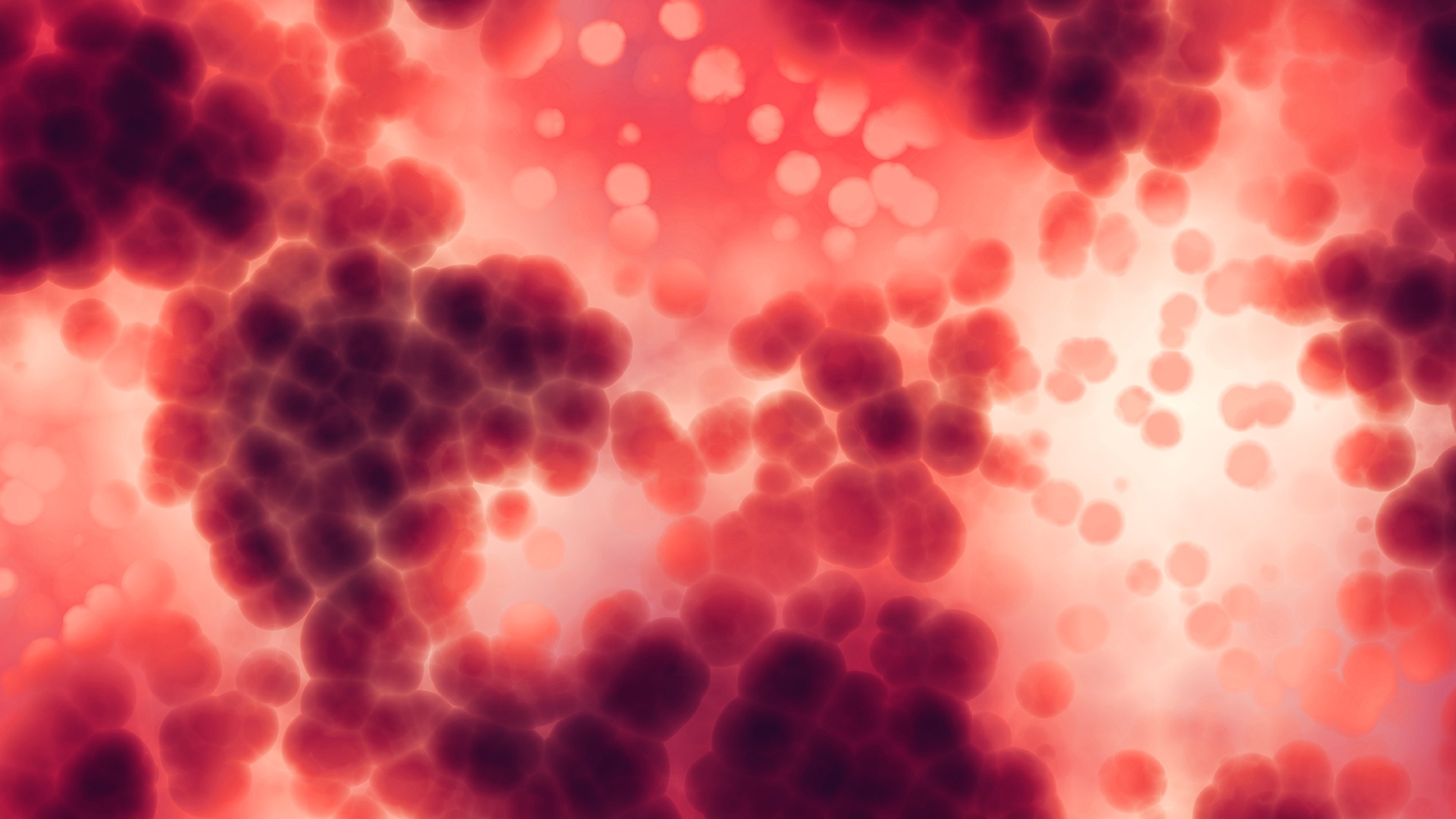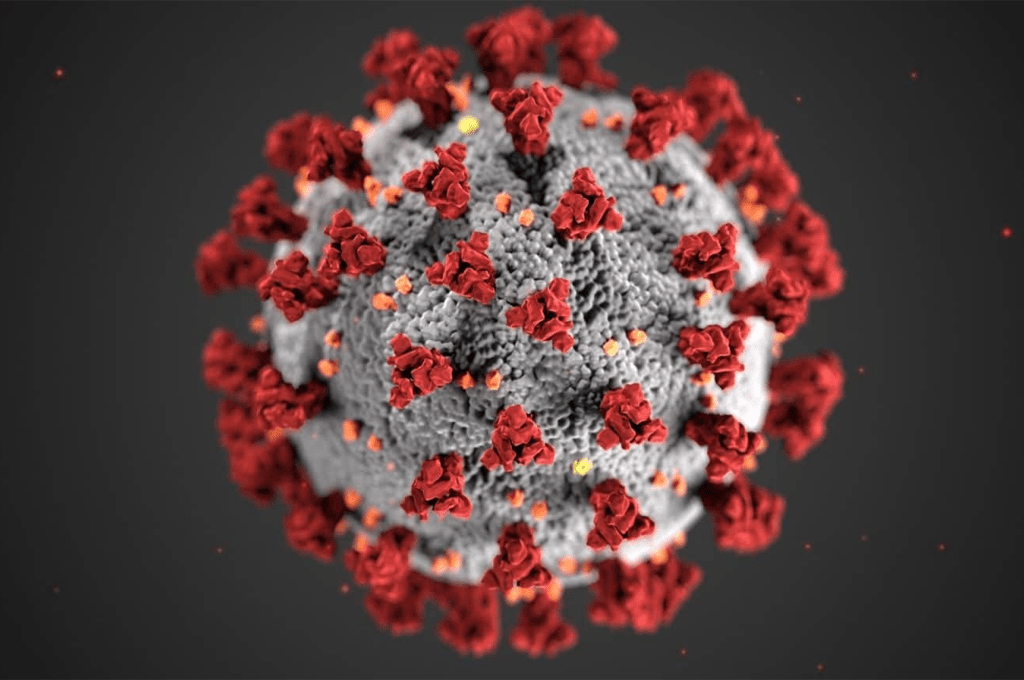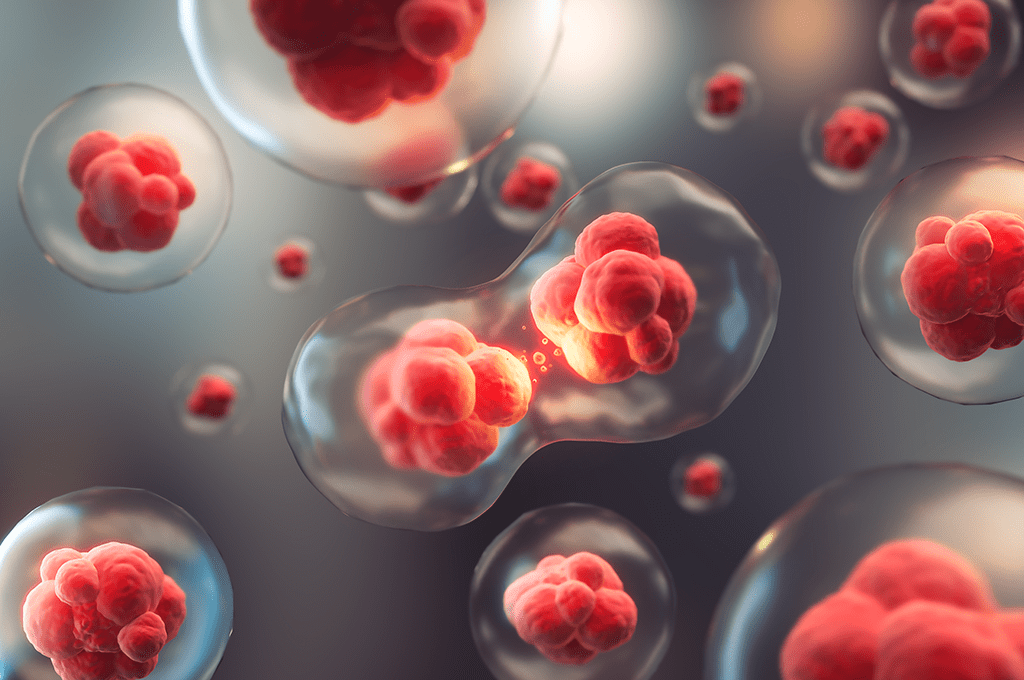Measuring microRNA biogenesis in living cells
Led by SciLifeLab Fellow alumnus Marc Friedländer (Stockholm University), researchers have invented a new method to study microRNA in cells. The researchers also identified specific RNA regions that strongly influenced cellular biogenesis. Their findings could be useful when designing artificial microRNAs that can destroy unwanted mRNAs from oncogenes, among other things.
MicroRNA, naturally occurring nucleotide RNAs of around 22 nucleotides, regulates the expression of protein coding genes by binding and destroying their mRNA. More than 60% of all human genes are estimated to be regulated by microRNAs in one or more cellular contexts. It is therefore not surprising that microRNAs are involved in numerous biological processes, ranging from development to diseases such as cancer.
Although microRNAs are widely studied, their biogenesis is not well understood. Previous attempts to measure microRNA biogenesis – the way they are accurately cut out from longer RNA structures by endonucleases – have been performed in test tubes in vitro.
In a recent study, published in Cell Reports, researchers from the Friedländer lab (SciLifeLab/SU) have invented a way to study microRNA biogenesis in living cells. By simultaneously transfecting thousands of RNA structures into cells, and applying sensitive sequencing and advanced bioinformatics to specifically detect the ones that are cut out correctly, the team has confirmed and validated most of the features that have previously been reported in nearly two decades of in vitro studies. The team could also observe that the energetic stability of a particular region of the RNA structure strongly influences the biogenesis in cells.
This new finding was confirmed by investigating microRNA expression patterns in hundreds of tissues in multiple species compiled in the MirGeneDB database and could be interesting for future research – for instance if designing artificial microRNAs to destroy unwanted mRNAs from oncogenes.
The research was carried through by two SciLifeLab researchers Wenjing Kang and Inna Biryukova, who made major contributions to the study. The project started in 2013 when Marc Friedländer was a post doc at the CRG institute in Barcelona and collaborated with Rory Johnson, who now has his own research team in Dublin. Researchers from various institutes made important contributions to the project over the years, as evidenced by the diverse author list.





